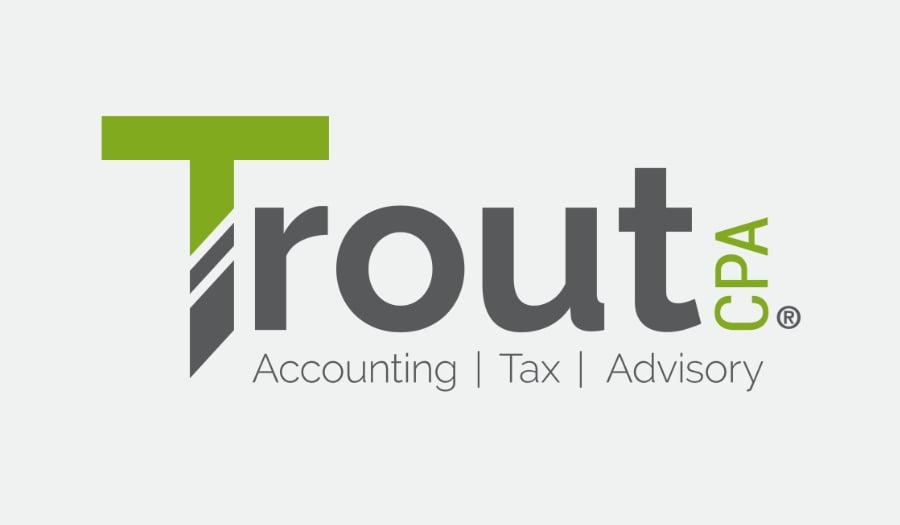The novel coronavirus (COVID-19) has upended the global economy in a way that has never before been seen in the modern world. The virus has implications well beyond health: Within a matter of weeks, millions of Americans filed for unemployment, sending the unemployment rate to levels not seen since the Great Depression, and economic projections are grim. Some estimates place job losses near 50 million and GDP contraction in the second quarter at up to 25%, even as state and federal governments enact emergency measures and businesses across industries comply with mandatory closures.
Beyond the immense impact the outbreak is having on public health, the pandemic poses unique challenges to businesses across industries. While the hospitality industry initially took the full force of the virus’ initial effects, all sectors of the real estate and construction industries will be affected, to varying degrees, by the COVID-19 outbreak.
Ascertaining lost revenue and income stemming from these extraordinary circumstances is key to minimizing the financial consequences of this pandemic. As we all hope these extraordinary measures will flatten the curve, all real estate and construction companies need to prepare as if the spread will continue. To do that, industry leaders must take inventory of their exposure, discuss potential scenarios and develop a plan centered on communication and compassion.
Here are some key questions real estate and construction leaders need to ask to evaluate their risk profile and the corresponding action items to navigate the ongoing outbreak:
1. How prepared are we? What does “prepared” look like?Conduct a daily business continuity risk assessment to evaluate the most current facts from reliable sources and identify potential internal operational, financial and market risks; determine direct and indirect impacts; and generate an action plan. Don’t forget third-party vulnerabilities such as customers and tenants—they should be assessed and incorporated into action plans as well.
Identify a response team to lead ongoing crisis management efforts that coordinate with appropriate federal, state and local authorities. These efforts should be clearly communicated, with regular updates making sure that affected parties fully understand the direction and intent of your initiatives, as well as what is required of them.
Clear and consistent communications—with internal and external stakeholders as well as their surrounding communities—about key protective measures they, your employees and clients, can take. Leveraging information from the World Health Organization’s (WHO) or the Centers for Disease Control and Prevention’s dedicated public advice pages are good places to start.
Evaluate work-from-home arrangements and options for remote meetings and videoconferencing. Employees working remotely, meanwhile, will need secure remote access to necessary files and services, likely using a VPN, as well as collaboration tools including instant-messaging apps, project management platforms and shared documents.
Review remote working policies and guidelines. Remote workers should only use their work computers and not their personal computers, and managers should be trained on how to be virtual leaders by setting clear expectations and emphasizing regular communication.
Review policies for paid time off, sick leave and short-term disability. Employees should be reassured that they will not be penalized for taking sick leave. Policies for payment if the workplace is temporarily closed or employees are furloughed will also need to be reviewed and clarified.
Build scenario models to determine ways to mitigate any risks to your supply chain. Originating in China, the pandemic immediately disrupted the global supply chain, including building and raw materials imports to the U.S. However, as countries successfully contain the disease’s contagion, supply chain disruptions appear to be decreasing. Map the parts of your supply chain that are going offline and coming back online, keeping in close communication with your vendors as events unfold.
Insulate your supply chain from disruption and create a backup plan. Identify ways to diversify your supply chain, if possible. Suppliers in countries affected by the pandemic could be supplemented, temporarily substituted or replaced by domestic sources.
Evaluate your leases and contracts. Identify the impact from any service or supply chain interruptions, lease abatements, loss mitigation and higher costs related to workforce disruption, debt covenants and others. Determine the extent to which your contractual language will mitigate the financial impacts of the outbreak.
Determine a strategy for enforcing legal rights. While it may well be within your purview to enforce your rights as laid out within your contracts, consider, as an expedient to what may be an overtaxed judicial system, whether leveraging any federal, state or local government assistance available may immediately mitigate the impact of COVID-19 on your business.
Establish milestones for recovery. Resources are likely going to be stretched thin for the foreseeable future. It is important to create realistic, incremental goals and hold all members accountable for steering the course to achieve them.
Regularly monitor announcements from federal, state and local governments, the WHO and the CDC to determine other potential impacts and regulatory changes that could be coming down the pike for your organization.
Establish various versions of your enterprise risk plan that can be adapted to help mitigate risk should other waves of the outbreak take place, taking into consideration their intersection with your places of business.
Consider accounting implications and total tax liability changes. Your total tax liability will be affected depending on your individual company circumstances and the actions taken by local and national governments.
Evaluate and take advantage of potential benefits from the CARES Act, including payroll credits and SBA forgivable loans.
Following this checklist can better enable you to make informed operational and strategic decisions while balancing the risks inherent to an infectious disease pandemic. Beyond that, you can use the intel gained from your self-evaluation to build your capabilities over time and support the business case for future investments in resiliency.
For questions or assistance, click the button below or call 717-569-2900.




